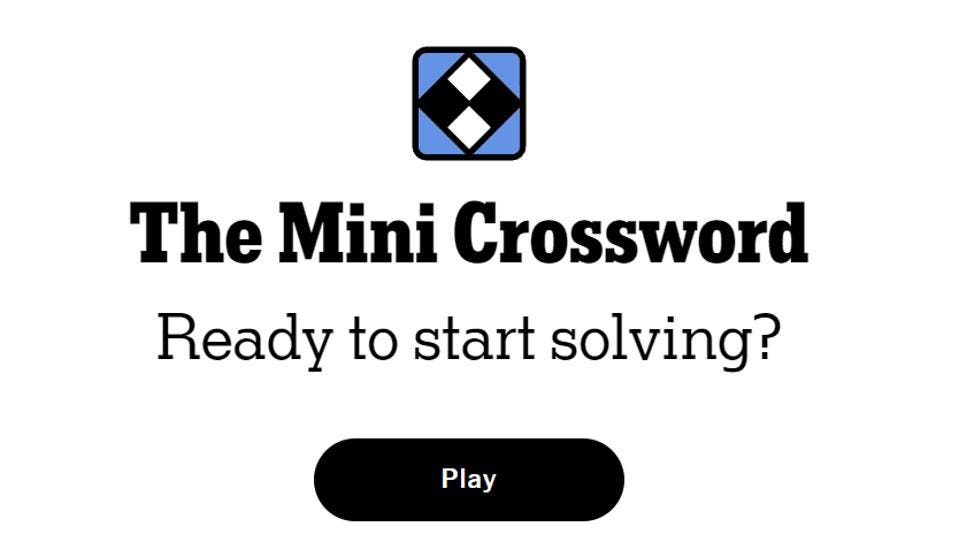A new pre-seed investment report reveals the new reality for startups and the 3 key elements early-stage founders are now measured by
AI is reshaping early-stage investing from the ground up. Founders can now build faster, validate quicker, and iterate more efficiently than ever before. As a result, traditional timelines and expectations are no longer relevant. Investors have recalibrated how they evaluate pre-seed opportunities and founders must recalibrate, too.
“Today, it’s not just about the check.”
According to a new pre-seed investment report published by Fusion, one of the most familiar Israeli-American pre-seed platforms, who invested in over 130 companies, investors are now less willing to fund an idea and a pitch deck alone. The bar has moved. In 2025, founders are expected to show real signs of execution, even before they raise a seed round.
“Today, it’s not just about the check,” says Yair Vardi, founding partner at Fusion. “It’s about helping founders show real momentum within months of the pre‑seed round.”
So what exactly has changed and what should founders do about it?
The report shows that pre-seed investors, both angels and VCs, are demanding more than a compelling narrative. They want validation, a working prototype, early users, or strong indicators of founder-market fit. “The bar has been raised because of a combination of factors,” Vardi explains, “the funding environment is tighter, and the technology stack, especially AI and no-code tools, makes it dramatically faster and cheaper to build early products. Storytelling isn’t enough anymore. Founders need proof points.”
The data backs this up. Half of all pre-seed rounds now range between $825K and $1.5M, with a median round size of $825K and a typical valuation cap of $6 million or more. Founders are giving up around 12% equity at this stage.
SAFEs Are the New Normal
Another clear trend from the report is the increasing use of SAFEs (Simple Agreements for Future Equity). In the face of volatile valuations and a push for speed, both founders and investors are leaning into this structure.
“SAFEs simplify early-stage fundraising,” Vardi says. “They’re fast, cheap, and avoid drawn-out valuation debates. Especially when rounds are small and speed matters, they’re the obvious choice. The data just confirms what everyone in the ecosystem already feels.”
“Co Investing has become the norm. It fosters more collaboration, creates better syndicates, and … More
Despite growing stability in the global market, 63% of VCs and 50% of angels said valuation caps remained steady, while 31% of VCs and 38% of angels reported investing at lower caps than last year, highlighting how selective investors remain.
Lowering the Barriers, Raising the Stakes
One of the most impactful shifts driving these changes is the dramatic drop in the cost of development. With AI tools and no-code platforms, small teams can create more mature products with less capital than ever before. “It’s a game-changer. Founders can now move from idea to product with minimal resources. That means investors expect more, because it’s possible. There’s no excuse for selling just a dream.”
The rise in expectations has also reshaped the role of pre-seed investors. Today’s top funds are no longer just writing checks, they’re offering hands-on support designed to accelerate validation and traction post-investment.
Vardi says their approach has evolved accordingly: “We doubled down on post-investment support, with over 150 hands-on workshops, a Tel Aviv bootcamp, a U.S. roadshow to Silicon Valley and NYC, and tailored introductions to follow-on investors. Today, pre-seed investors don’t just invest, we help founders get real results, fast.”
The report also reveals a shift in how rounds are being structured. VCs are less focused on leading deals and more open to joining syndicates or sharing deals with other investors. In parallel, angels are stepping up, writing bigger checks, and even leading rounds themselves.
“Co Investing has become the norm,” says Vardi. “It fosters more collaboration, creates better syndicates, and ultimately benefits the founders. The dynamic is healthier, and smarter.”
This shift is also a response to increased deal flow and the desire to secure access to high-potential startups early, even without taking the lead role.
Tactical Support Over General Advice
As expectations rise, many investors are stepping beyond capital, offering tactical, hands-on support traditionally reserved for early-stage VCs. “Founders today should require concrete actions that move the needle. From go-to-market to hiring and fundraising, we tailor everything, as every founder should expect from their pre-seed investors. After we make an investment, we sit with every team and help with dozens of customized introductions to investors and clients.”
“We doubled down on post-investment support.” Vardi and the Fusion team.
Vardi sees it as a response to opportunity. “Slightly lower valuations and capital-efficient teams make early deals more attractive. Angels are more active than ever, and the data backs it up. VCs, meanwhile, are playing a more collaborative game.”
The 3 Must-Haves for Today’s Founders
According to Vardi and the data, there are now three core expectations every early-stage team must meet:
Real Validation
“Show early traction, whether it’s engaged users, a live pilot, or evidence of demand. Investors want to see that the product solves a real problem for someone.”
High Velocity
“Founders need to move fast. Test, learn, iterate. Show progress within months, not quarters. Velocity is a competitive advantage.”
Deep Founder Insight
“We look for a unique and authentic connection to the problem. Obsession matters. It’s not enough to chase a trend, you need to own the space you’re building in.”
In today’s fast-evolving startup ecosystem, founders who internalize these new standards early won’t just raise money, as Vardi has seen firsthand, they’ll attract investors who roll up their sleeves and help build something meaningful.







